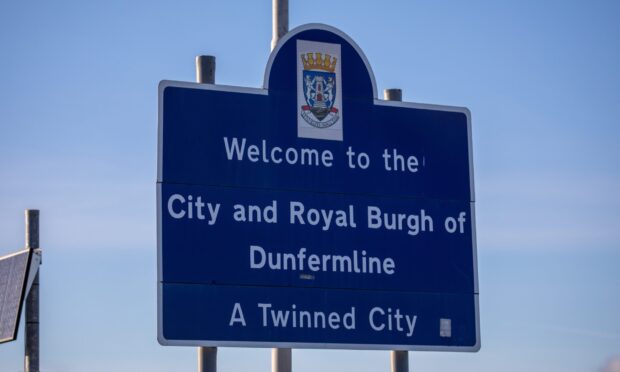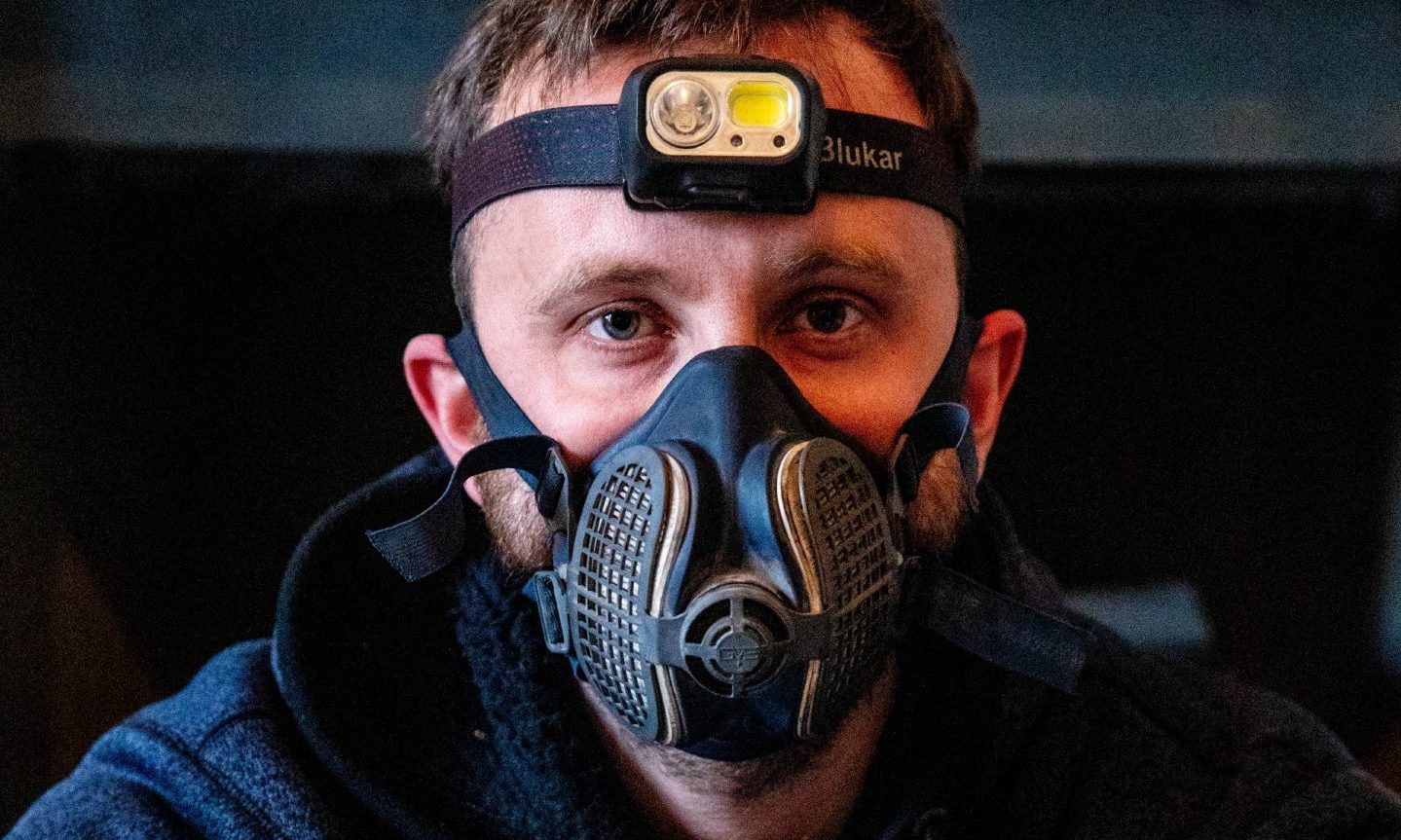As we enjoy the warmer weather, it is key to remember the message from a leading scientist that ignoring warning signs at Loch Leven could lead to worrying health issues.
A freshwater ecologist issued a warning for wild swimmers who might feel like taking a dip in the Kinross-shire beauty spot this summer.
Dr Linda May has been studying the water quality at Loch Leven since 1976.
She said: “People are not getting the message.
“I certainly wouldn’t go in it.”
Loch Leven is a popular spot for wild swimmers, featuring in many guides to the fast-growing outdoor activity.
The water is widely considered safe to swim in except where and when toxic blue-green algae has built up in the water.
Wild swimmers at risk of sickness at Loch Leven
Neurotoxins in the algae have been linked to conditions like Alzheimer’s Disease, Dr May said, although this is not yet proven.
Dr May believes that many visitors ignore the warning signs displayed on the lochside.
“I’ve been up there and [I have] seen people standing beside the warning signs encouraging their children to pick up the algae bloom and throw it at each other – as a game.
“We need people to be concerned and behave responsibly.”
Algae blooms in the loch can be toxic and can make people very unwell.
So what should visitors to Loch Leven keep in mind?
“Look at the warning signs,” Dr May advised.
“[They] will tell you contact with the water causes health issues.”
Blue-green algae (actually a sort of photosynthesising bacteria) can also produce harmful neurotoxins.
And if ingested, Dr May warns, they can have devastating consequences.
“[Neurotoxins] are poisons that affect people’s nervous systems,” Dr May explained, “and they have been linked to things like Alzheimer’s [Disease].
“You don’t need to drink very much to be really quite ill,” she said.
“You do take in water when you’re swimming.
“And it doesn’t need to be a massive amount – even half a cupful is too much.
“It can also make your eyes swell up, you can get skin rashes and all sorts.”
Dogs ‘will die’ if allowed in Loch Leven
Toxic blue-green algae can also kill dogs, Dr May warns. She fears visitors to Loch Leven have forgotten – or are ignoring – the danger.
“I had a conversation with somebody who said, ‘I don’t see why I can’t let my dog in the water. What’s the worst that could happen?’
“I said ‘it will die’.”
Dr May works with the UK Centre for Ecology & Hydrology (UKCEH). The institute has launched an online portal to help locals understand the range of problems at Loch Leven.
A spokesperson for the Scottish Environment Protection Agency (Sepa) said:
“While blue-green algae is primarily a public health issue, Sepa works closely with local authorities and health boards, providing laboratory analysis of samples supplied by the local authority.
“Blue-green algae can be common in lochs and ponds during the warmer months.
“Water quality and pollution control in Loch Leven is a high priority for Sepa, with work ongoing as part of the Loch Leven Catchment Group.”
People can report blue green algae via the UK Centre for Ecology & Hydrology ‘Bloomin Algae’ App.
We have approached Perth and Kinross Council for comment.













Conversation